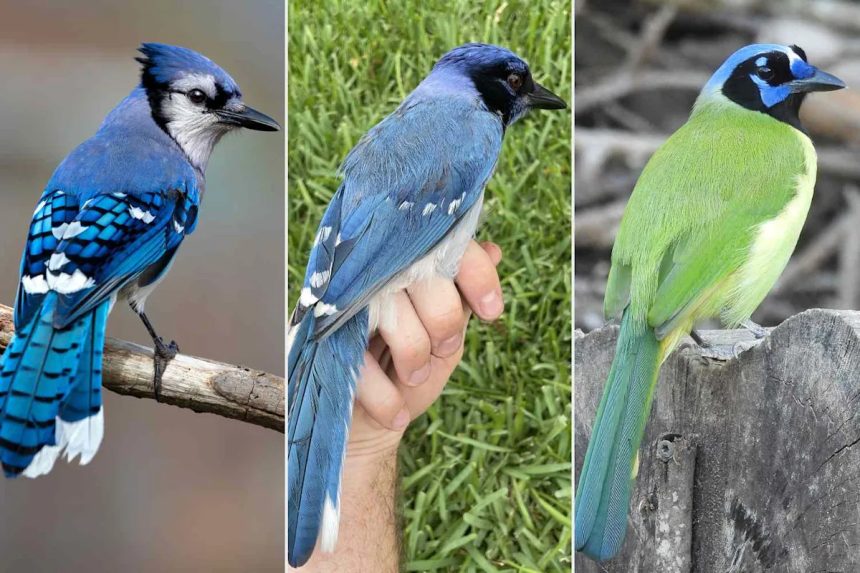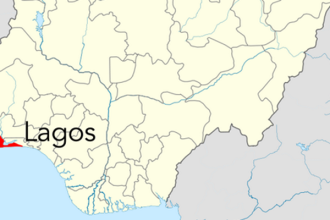NEED TO KNOW
-
Scientists recently confirmed the existence of the first known blue jay–green jay hybrid, discovered near San Antonio
-
The hybrid male shows traits from both species: blue feathers, black face markings, and mixed vocalizations
-
Researchers say climate change is pushing species into overlapping ranges, increasing hybridization risks
Scientists have discovered a new hybrid between a blue jay and a green jay, which may serve as an early indicator of how climate change affects avian intermingling.
According to a research journal published this month by Ecology and Evolution, biologists at the University of Texas at Austin determined the bird was a hybrid after studying the animal first spotted by a homeowner in Bexar County, near San Antonio. The homeowner shared the find on social media, posting about the rare sighting in a Facebook birding group in May 2023.
After evading capture at first, the bird was caught in June 2023. A research team retrieved a blood sample, attached a metal leg band to the bird, and released it back near where it was spotted.
Brian Stokes/University of Texas at Austin.
Green Jay and Blue Jay occurrences in Texas reported from 2000 to 2023
Although the new Hybrid hasn’t received a name, “grue” may be an option, given other hybrid species that have been discovered, such as the “pizzly bear,” a polar bear-grizzly hybrid, and the “zonkey,” a zebra and donkey hybrid.
The blue jay/green jay hybrid, a male offspring of a green jay mother and a blue jay father, has predominantly blue feathers, but exhibits black coloring on its face, similar to that of a green jay. The new bird reportedly also makes sounds that are similar to those of the blue jay and green jay.
University of Texas Ph.D. student Brian Stokes and Tim Keitt, an integrative biology professor also at the University of Texas, co-authored a paper about the bird research, noting that the discovery could be a sign of climate change.
As explained in further research by the university, published on Thursday, Sept. 18, green jays have typically been found in Central America, near the border of Mexico and southern Texas, since the 1950s. Whereas, the blue jay has mainly inhabited the eastern U.S. and migrates “as far west as Houston.”
However, between 2000 and 2023, rising temperatures began to push the two bird species out of their natural territories, causing their populations to overlap for the first time in the vicinity of San Antonio and giving the birds the opportunity to mate with each other.
“As species continue to shift their ranges in response to climate change, habitat shifts and other ecological pressures, encounters among historically allopatric taxa may become increasingly common,” wrote Stokes and Keitt. “Anticipating the nature and consequences of these novel interactions represents a central challenge for ecologists in the coming decades.”
Never miss a story — sign up for PEOPLE’s free daily newsletter to stay up-to-date on the best of what PEOPLE has to offer, from celebrity news to compelling human interest stories.
Stokes further wrote on his belief that even more cases of hybridization are actively occurring; however, variables are keeping the proper research and potential data from coming to light.
“Hybridization is probably way more common in the natural world than researchers know about because there’s just so much inability to report these things happening,” noted Stokes. “And it’s probably possible in a lot of species that we just don’t see because they’re physically separated from one another and so they don’t get the chance to try to mate.”
Read the original article on People









